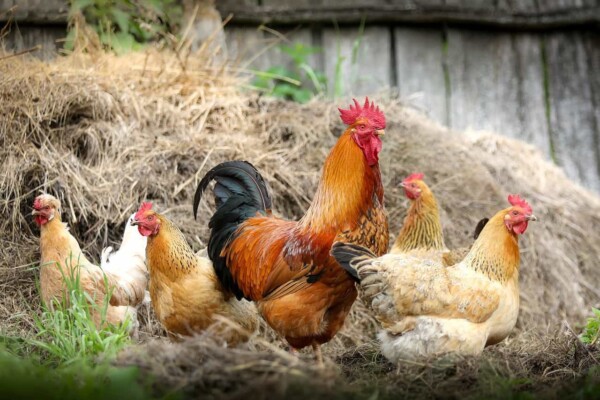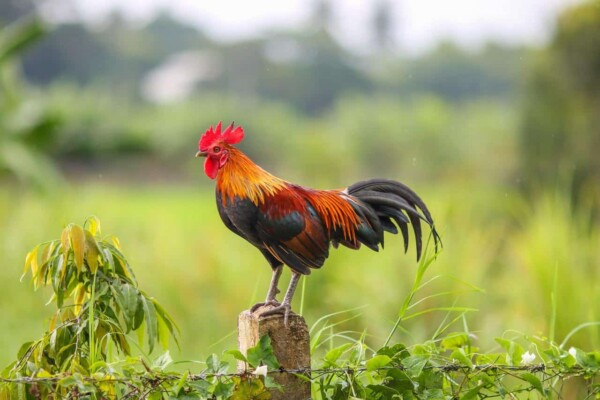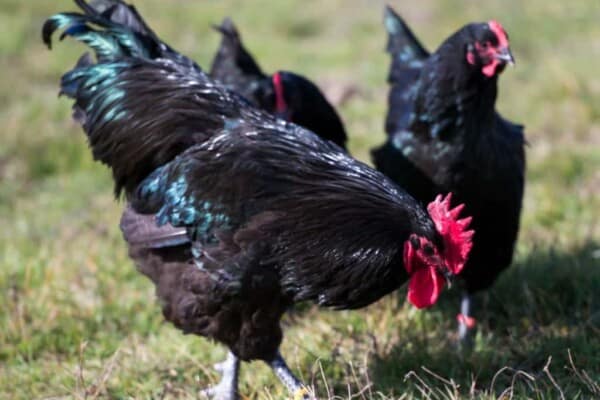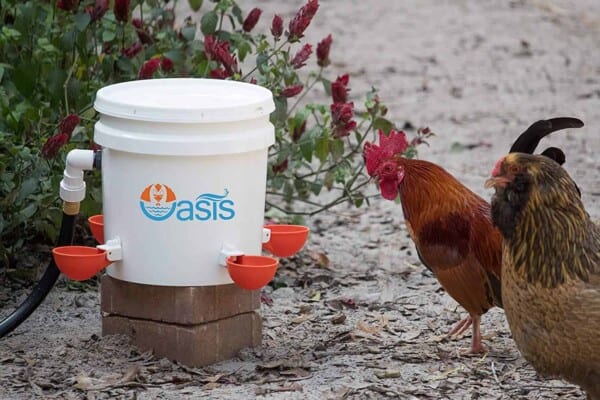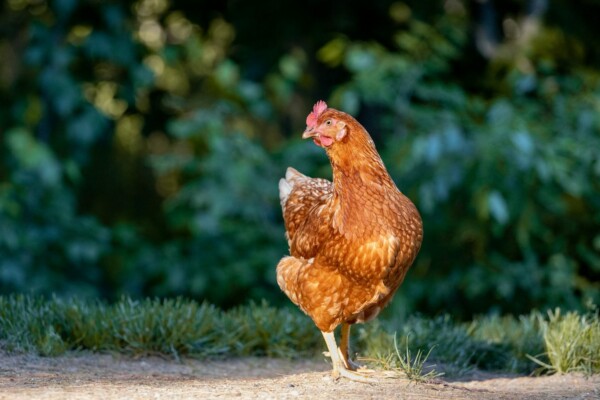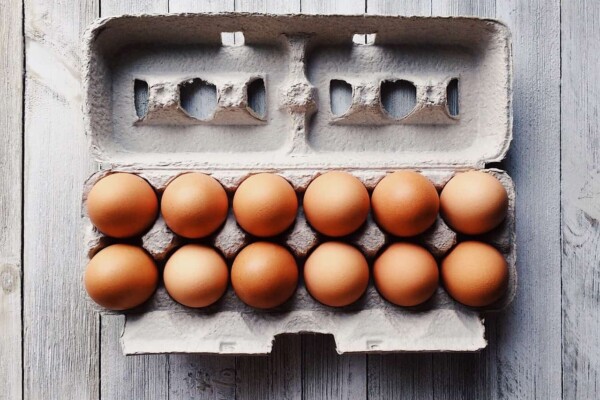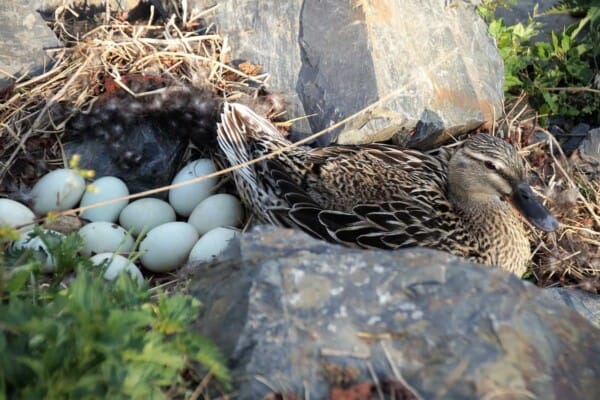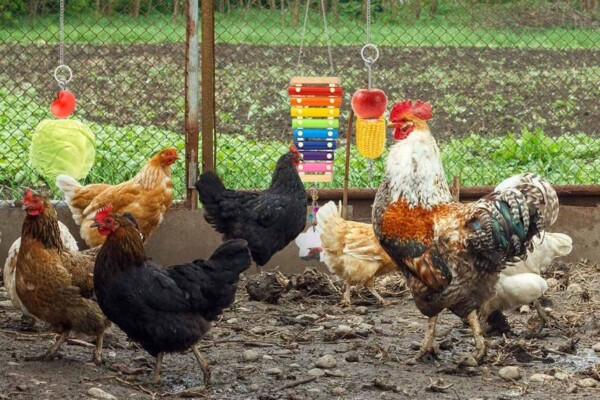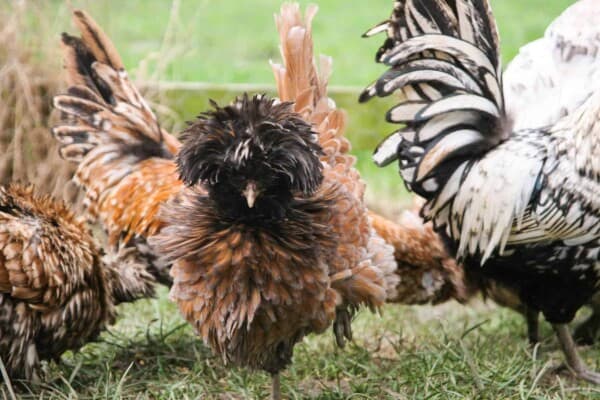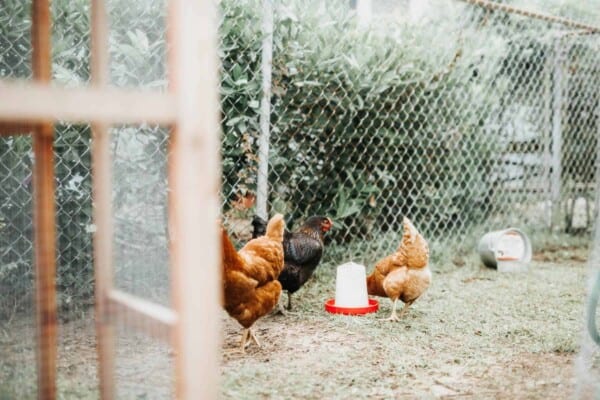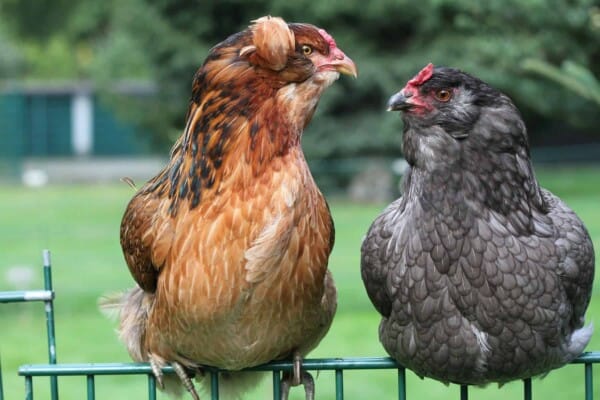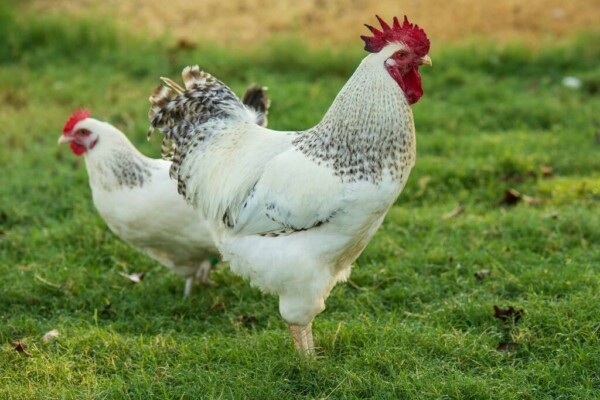Despite the fact that everybody believes they know what a chicken is and, to some extent, everything there is to know about them, the truth is that depending on which culture you actually come from you can quickly end up realizing just how little you actually know about them to begin with.
In reality, depending on the breed of chicken you’re referring to you could be completely mistaken in your assumptions and thus end up looking like you don’t know what you’re talking about to begin with.
This is why for today we decided to bring you a guide to a certain niche of chicken that you usually don’t see all that much around. We’re talking about the Japanese chicken breeds, the best of the best and of course, the most common as well.
So, in this guide we will offer you a list of “exotic” Japanese chicken breeds and a brief description of the most popular breed of Japanese chickens out there. If you’re interested to see which breed that is then keep on reading because we’ve got a lot of information for you.
Regardless, for now let’s start this list with a few less known Japanese breeds that we would like to focus on and what makes them different from their other cultural counterparts.
11. Shamo Chicken
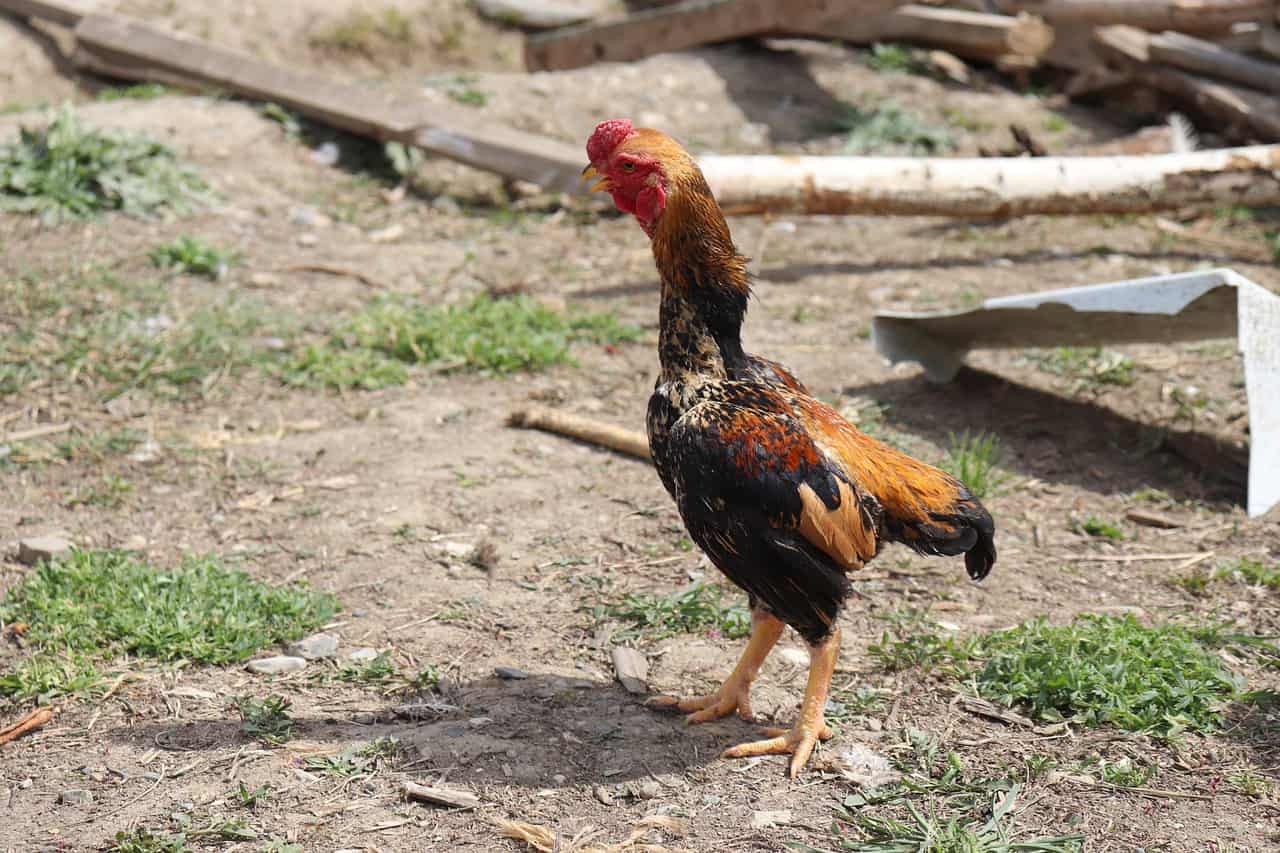
You will quickly be able to tell which one the Shamo chicken is simply because of its look alone. Just take a gander at that massively long neck and the spotted markings that cover its body and you’ll instantly know when you’re dealing with a Shamo chicken.
But outside of that aspect, the Shamo chicken is also impressive when it comes to its overall strength and stamina. You might be wondering why that’s even important when it comes to a chicken but remember, in Japan it is actually very common to raise chicken for fighting.
As a result to that, this specific breed of chicken isn’t necessarily all that good at egg laying, although that doesn’t mean they can’t do it at all, just that they’re never specifically bought for this intention.
Instead, they’re almost always used in fights and for the most part they do end up winning which is good for them since a lot of money can be won from this sport.
Regardless, you can find them all across Japan although in recent years they also caught quite a lot of traction in the United States as well, with the locals especially growing fond of them for their small yet extremely active frame.
10. Onagadori Chicken
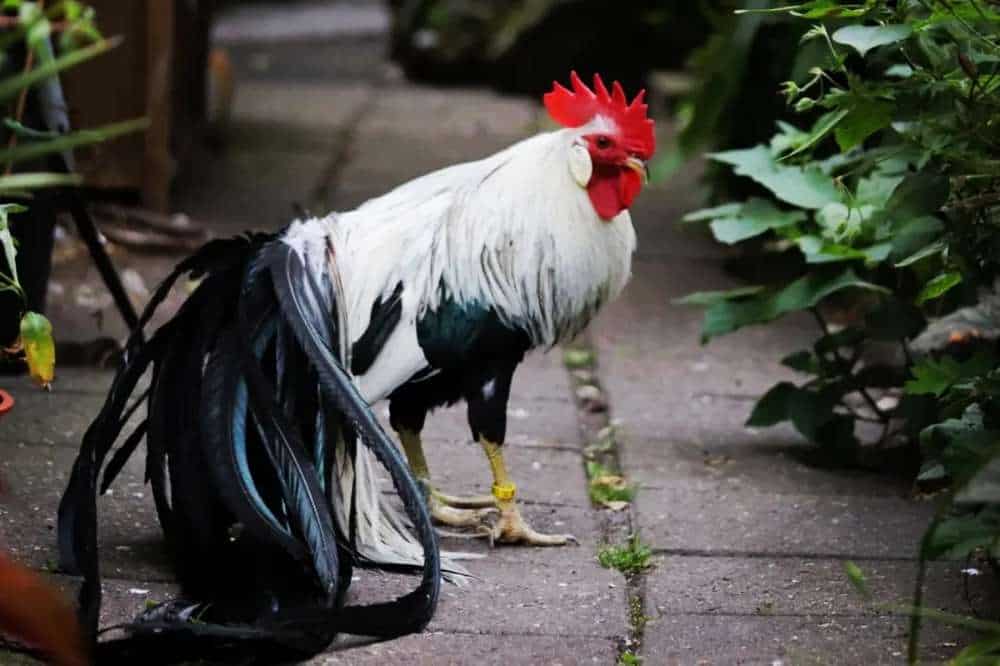
Despite the fact that this chicken breed can very well be referred to as one of the most culturally significant breeds in Japanese history, the saddest part about it is that they are quite rare to the point where even in Japan you’ll have a hard time getting your hands on one.
Regardless, how can you actually tell you’re dealing with an Onagadori chicken? Simple, really, you just look for the massive tail that these beautiful creatures have on their backside.
Back in 1952, the Onagadori chicken became paramount for the Japanese cultural significance to the point where they were even designated a Japanese National Treasure. On top of that they’re usually considered to be a sign of honor and nobility.
They can actually end up with tails as large as 30 feet in total which is all due to a rare gene in their bodies that makes it so that they don’t lose any of their feathers over the course of time.
Since they are so endangered however it’s pretty much obvious that getting your hands on one is nigh impossible. Only the royal families and some of the leaders in Japan actually own Onagadori chickens but the ones that do always say that they love them to bits.
9. Phoenix Chicken
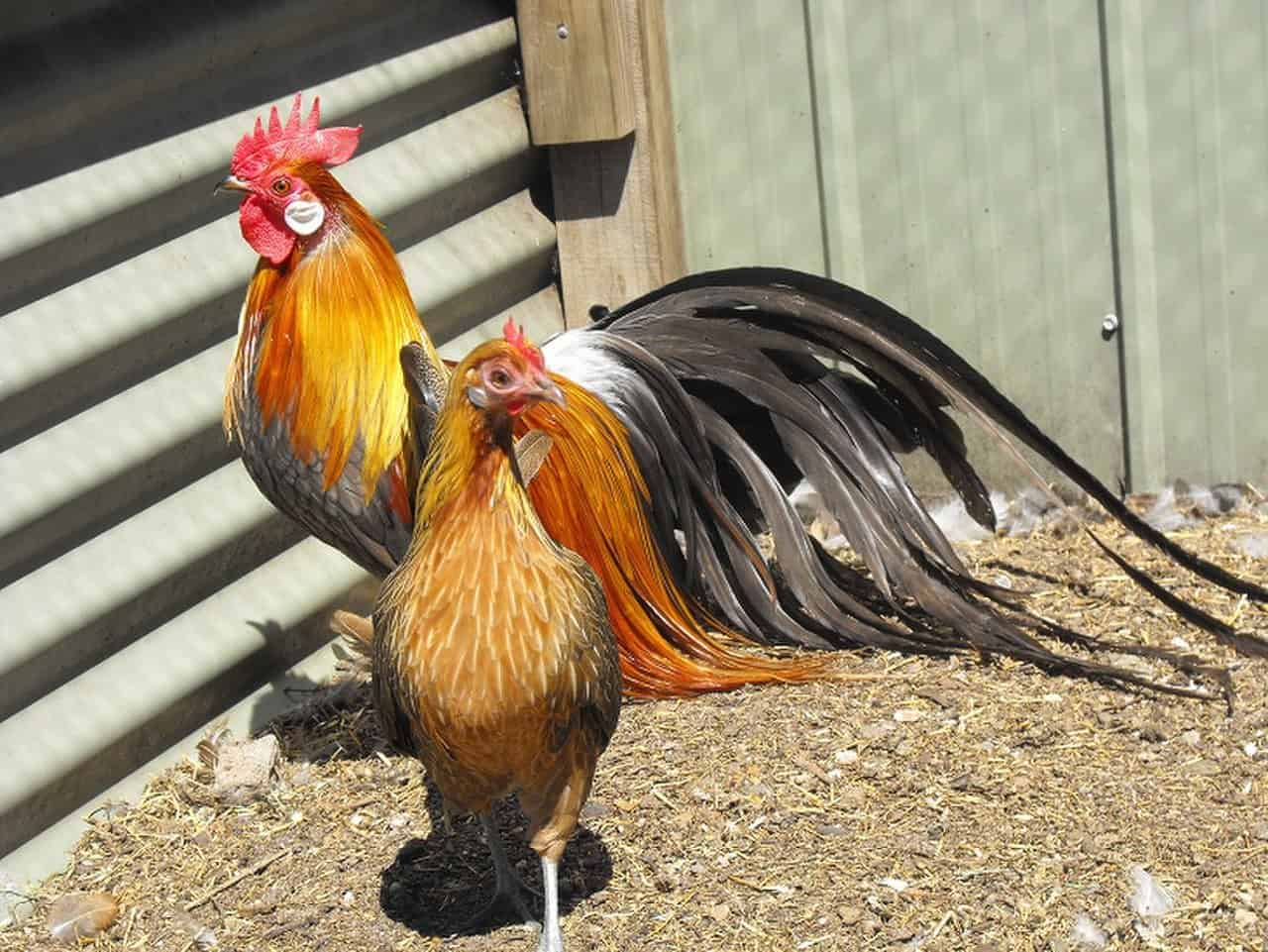
The interesting thing about the Phoenix chicken is the fact that it was actually a biproduct of the Onagadori chicken. We already discussed how that certain gene makes it so that the chicken never lose their feathers but what we didn’t mention is how this can actually impede their survival chances. This is why the scientists decided that it was about time they created an alternative to the Onagadori chicken which came out as the Phoenix chicken.
Through their struggles however they eventually managed to get one of the most beautiful breeds in the world and most specifically they did manage to help the chicken by giving them the ability to molt every year or two.
This in turn saves them as they only grow 12 to 18 inches as opposed to the 22 to 30 feet we discussed previously.
The last thing we wanted to address regarding the Phoenix chicken is definitely their name. As you can already tell, it is a reference to the fact that they rose from the ashes of their ancestors, the Onagadori chicken, only to be better and have a higher chance at surviving through the ages.
8. Jitokko Chicken
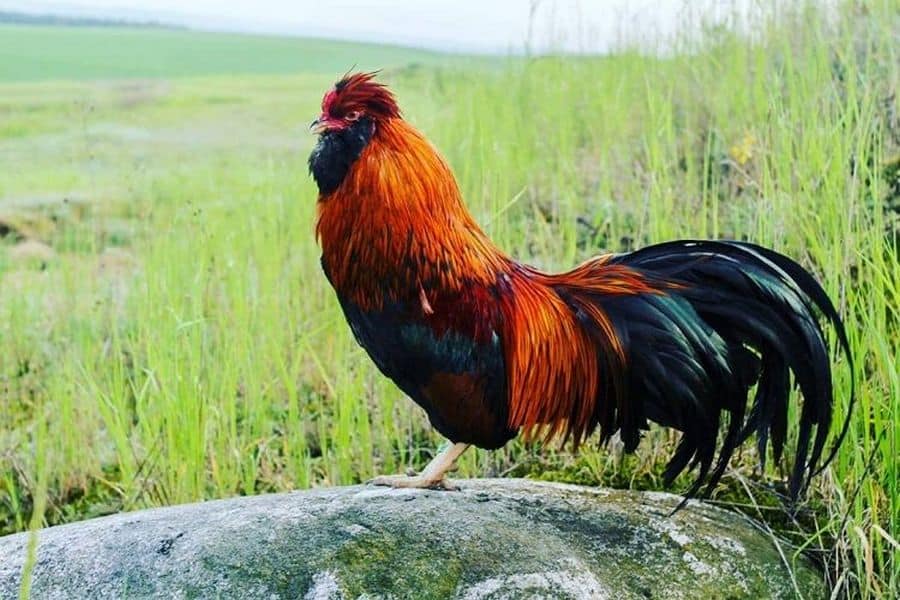
Coming up next, we have another chicken breed that you can only find in Japan and that’s the Jitokko chicken. This right here is an especially beautiful breed but despite the fact that we’d love to own one for ourselves we will never be able to considering just how endangered it really is.
That’s right, despite the fact that we would argue that this is one of the prettiest looking breeds of chicken out there, we still sadly were not able to help them repopulate to the point where they would be everywhere around the globe as we speak.
How can you tell whether you’re dealing with the Jitokko chicken or not? Just look at those short legs and that massive round body on this rooster, coupled with the beards and the furry heads which makes them look downright demented.
This general look coupled with their very silly walking pattern makes them just incredibly cute to see around your farm, especially considering the fact that they have such small beaks that you cannot even see them unless they’re directly pointing towards you.
Overall though, the Jitokko chicken breed is pretty easy to take care of and it is a generally very docile creature that loves being manhandled.
7. Shoukoku Chicken
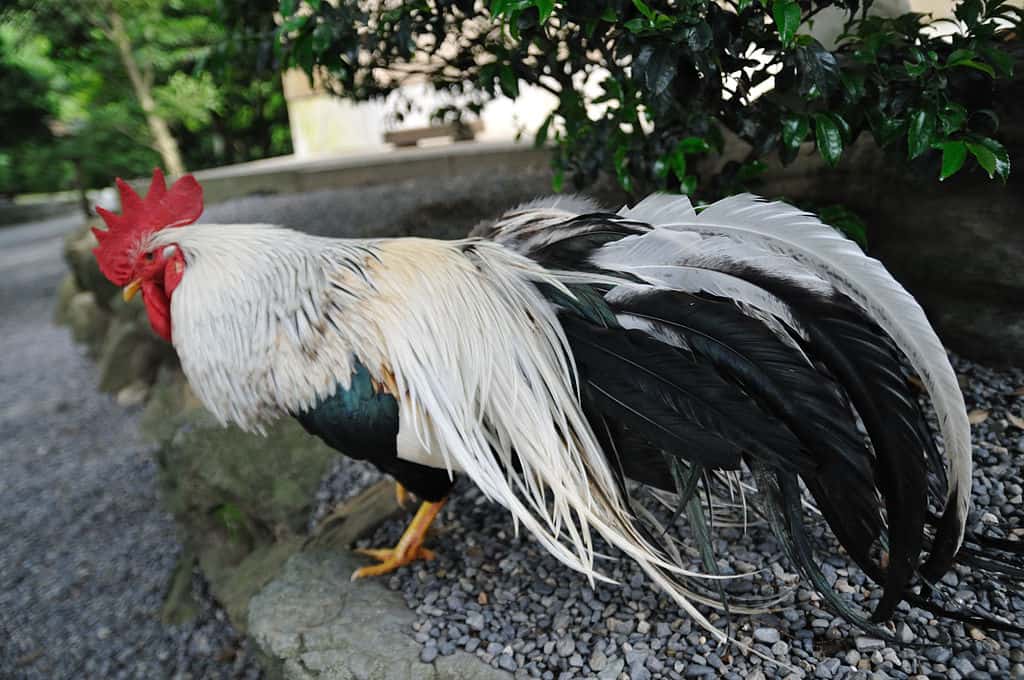
This right here might very well be one of the most unique looking chicken you’ll ever see and before you say anything, just remember, this was the first breed to do it.
That’s right, if you thought that the Onagadori chicken was the original long tailed chicken then don’t worry because there are plenty more where that came from and chances are, they all came from this one right here.
This chicken is believed to date back to well over 2,000 years ago and as far as we know it, this is one of the most popular birds to own in Japan. Despite this however getting your hands on one in the United States can be quite difficult to do.
They have especially yellow legs and are known for being mostly used for ornamental reasons. Sometimes however, if the need arises, they could also be used for their meat as well.
6. Totenko Chicken
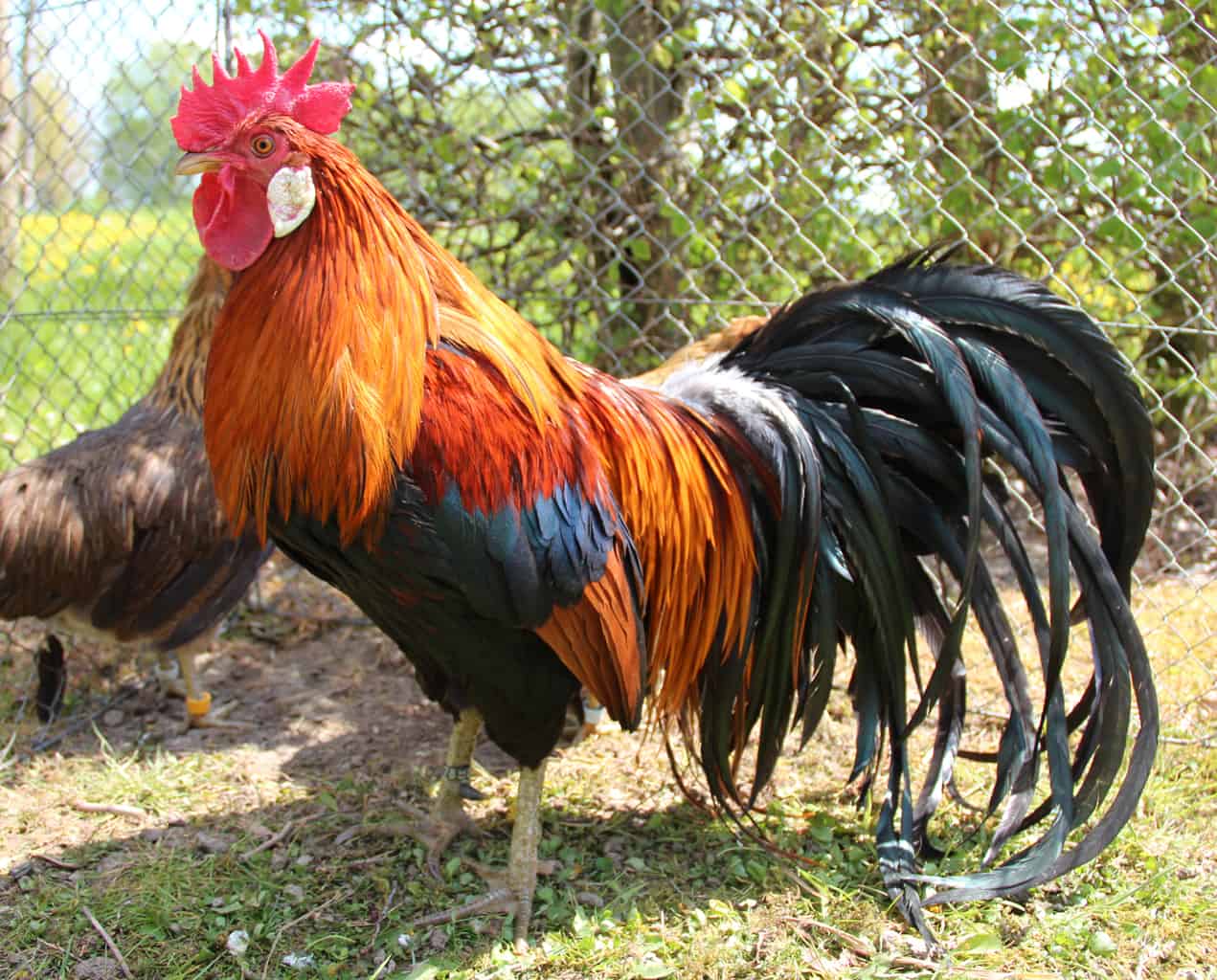
Commonly referred to as the pride and joy of Japan, this right here is one of the rarest breeds in the whole world and for good reason too.
This breed was very popular in the past but because the people back then didn’t know how to take care of them, they soon became endangered to the point where there are hardly any left in Japan or anywhere else on the planet.
They are known for their very red wattle and their white earlobes to the point where they’re mostly referred to as an even rarer version of the Phoenix chicken.
They usually grow up to weigh as much as 5lbs in total with the hens only growing as large as 4lbs. They can also lay up to 120 eggs every year which is a total bonus from what the Phoenix breed would usually offer.
5. Uzura Chabo Chicken
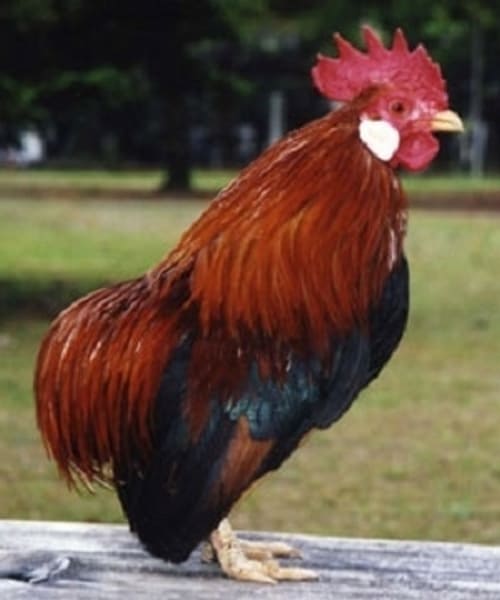
This right here is a classic to say the least, if you’re a fan of dark and brooding chicken then you should definitely get your hands on one of these as they’re just absolutely beautiful to look at.
The Uzura Chabo chicken stand out from most other chicken breeds out there thanks to their incredible black and red color scheme which instantly makes your flock look all the more aesthetic.
On top of that they’ve got rather long tails which end up going down the higher you go which just makes them look very much like royalty if you as us.
They also have rather short legs but despite this they can be extremely active running from one side of the barn to the other in a matter of seconds. It is one of the more common breeds that you can get your hands on this very moment which is always great to hear.
4. Koeyoshi Chicken
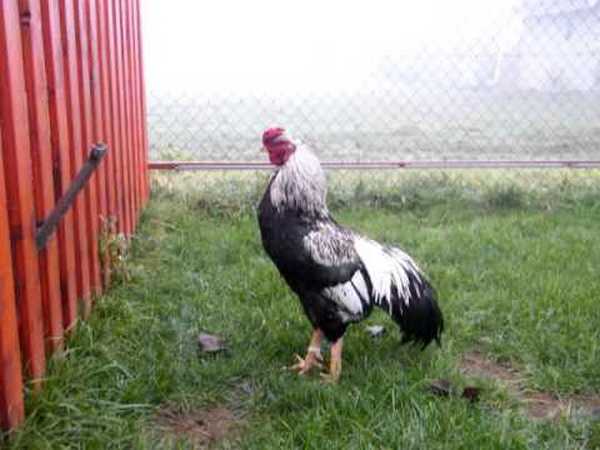
Going back to the rare breeds from Japan, this is most definitely a part of that niche as not many people have seen one with their very own eyes throughout their lives.
This is because they’re pretty much just solely used in their homeland, the Akita Prefecture Japan. There isn’t much to say about this breed other than the fact that they mature up until they reach the ripe old age of 18 months after which they just sort of stagnate the rest of their lives.
They also don’t start crowing until 8 months or so which is not exactly ideal to say the least. Regardless, this breed is pretty easy to take care of and it is a fairly large one too that can be used interchangeably with most other breeds in the world since they are very friendly and easy to take care of.
3. Kawachi-Yakko Chicken
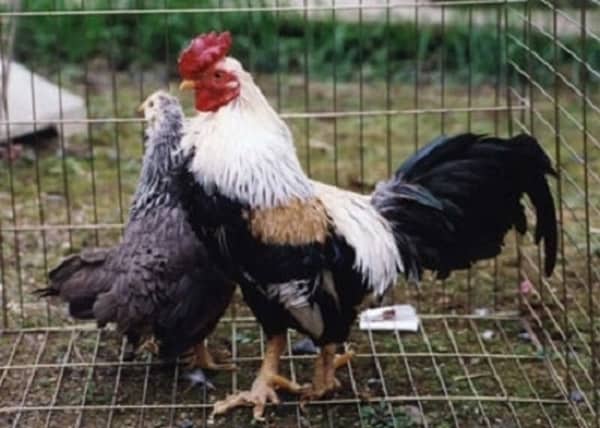
If you’re looking for an independent breed that really knows how to take care of itself regardless of how much you want to be a part of their life then you might be looking for this breed right here.
You can instantly tell whether you’re dealing with this breed or not specifically based on their color scheme since they have some of the weirdest and most outlandish colors in the world.
On top of that they have very long beaks that are also especially wide. Couple that with their very powerful and honestly deadly feet and you’ve got yourself a chicken breed you most likely don’t want to get angry anytime soon.
We can’t stress this enough but don’t corner them or get on their bad side because they can easily rip your hand apart if you get too close to them when they don’t feel like it.
2. Ukokkei Chicken
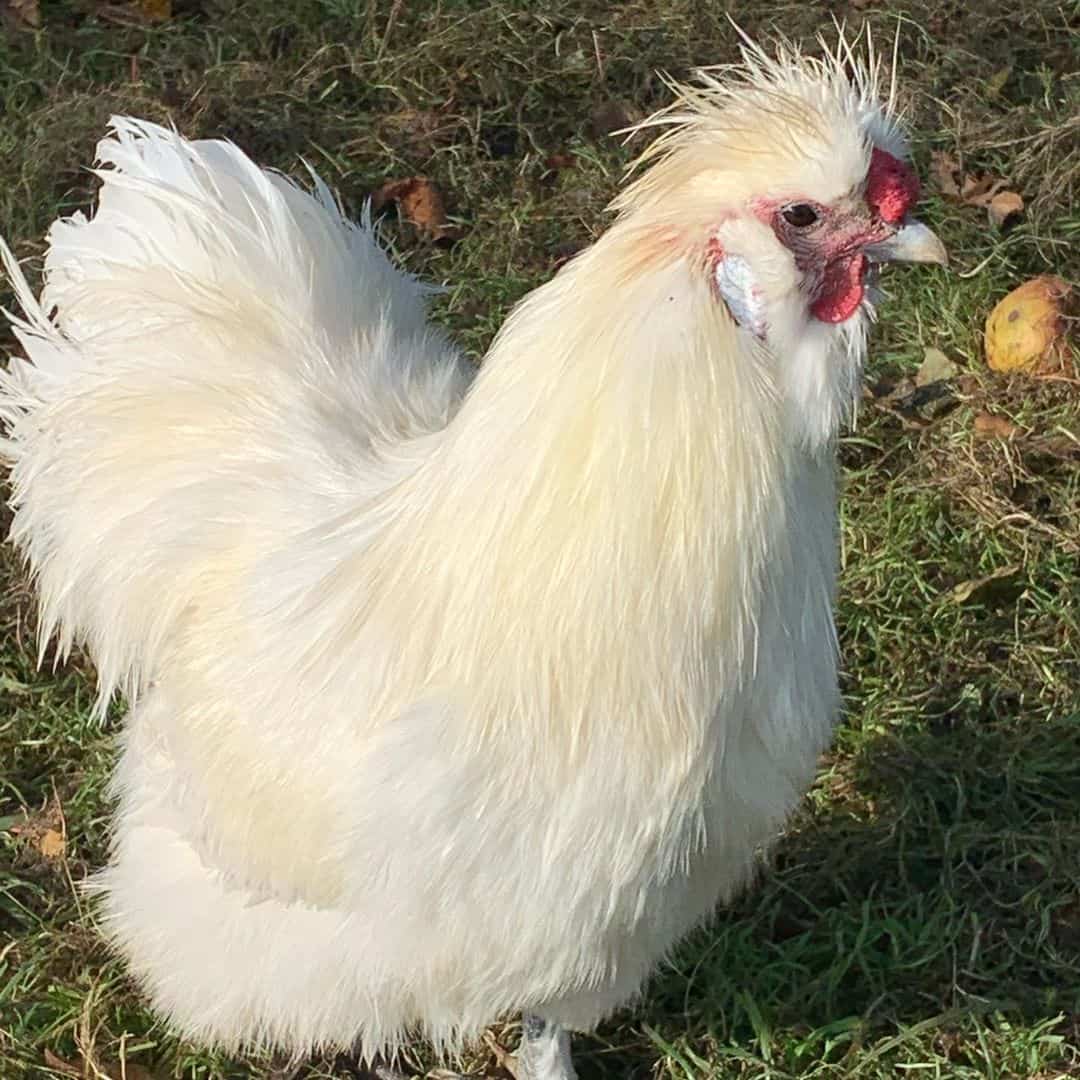
Also known as the Japanese Silky, this is one of the cutest chicken breeds you’ll ever get your hands on right here. They are actually so cute that most of the people that end up getting them don’t even do anything with them, instead they only use them for their ornamental value.
On top of that though they’re also amongst the friendliest chicken breeds in the world and they absolutely love being manhandled which makes them great for children to play with.
Alright now that we’ve got that out of the way we should get to our next and final step of the guide which is a direct showcase of the most popular breed in Japan, aka the Bantam Chicken:
1. Bantam Chicken
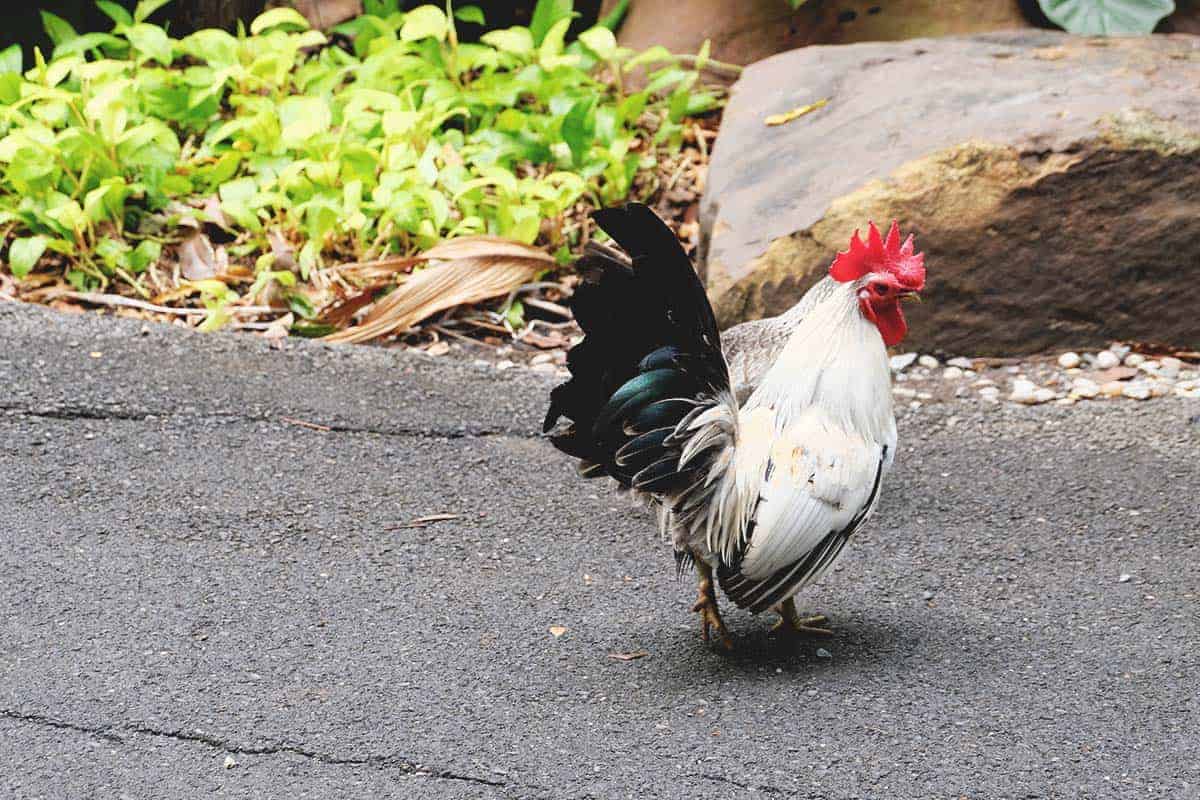
Also commonly referred to as the Japanese Bantams, this is one of the most unique chicken breeds you’ll ever see in your life although you should know that the uniqueness also spreads to how you’re supposed to treat them as well.
They’re very moody creatures to the point where you never know whether they want to be manhandled or not so always keep an eye out for that.
They come in all different sizes and colors, regardless of whether we’re talking about the black mottled version of the breed, the blue-red or even the cuckoo one.
General Characteristics of the Bantam Chicken
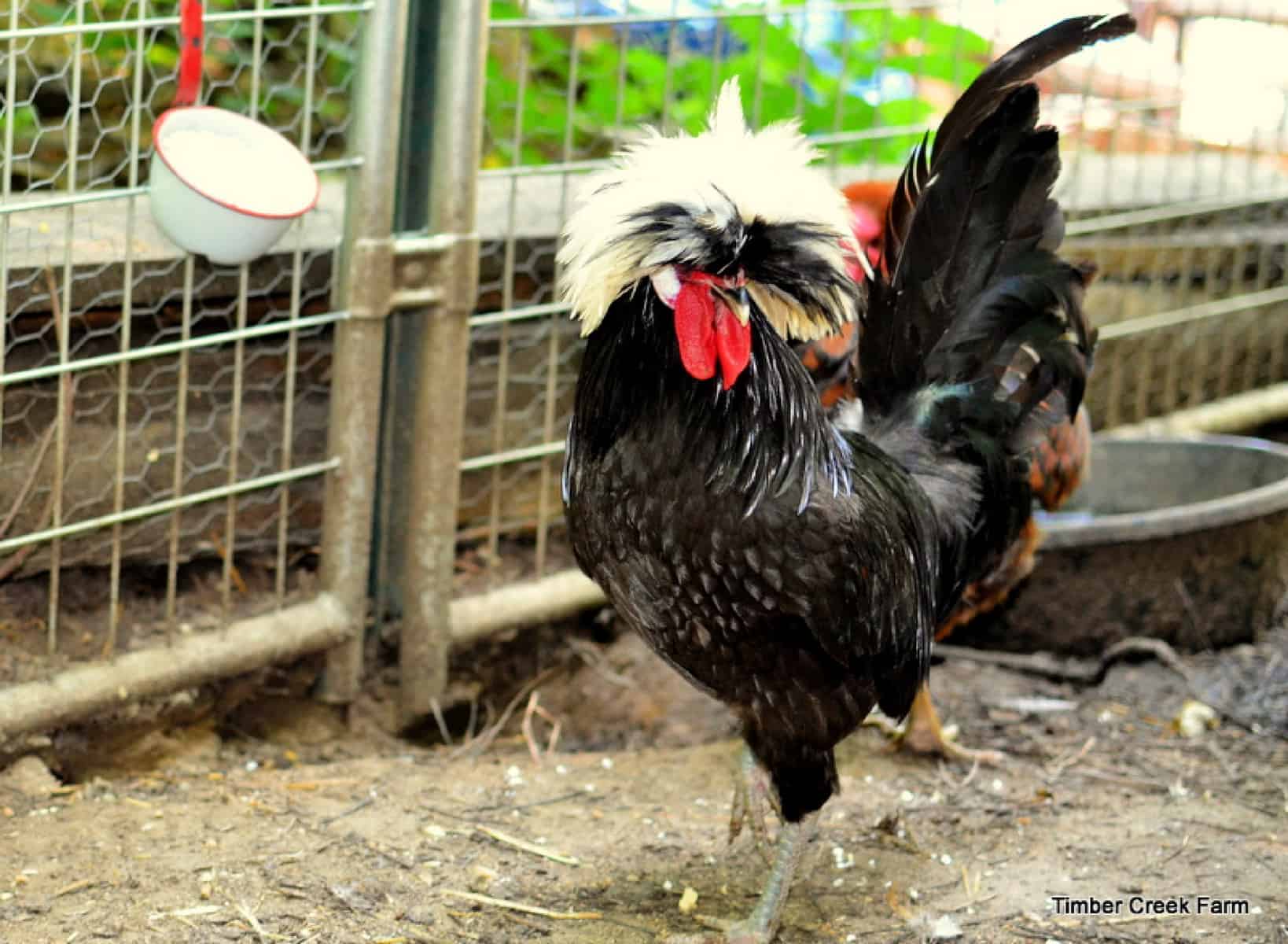
When it comes to their overall size, we did mention that they’re quite different from what you think of chicken in general. They’re very small and they don’t weigh a lot. They majority of them average around 1.2 pounds in total which is insane considering the fact that most chicken can easily get as heavy as 5lbs.
Temperament wises you’re looking at some of the sweetest and gentlest breeds in the world, they’re very easy to take care of and manhandle. They’re also very easy to train which is why they’ve been shown off so much at events.
Their egg production is definitely not the reason as to why you’d ever want to get a Bantam chicken. They can barely lay 1-2 eggs a week after all and the eggs are very small so definitely not worth it on the long run.
As mentioned previously, their size is nothing to boast about so they’re almost never used for their meat either. They’re mostly ornamental chicken although there are certain dishes that require smaller carcasses.
How to Take Care of the Bantam Chicken?
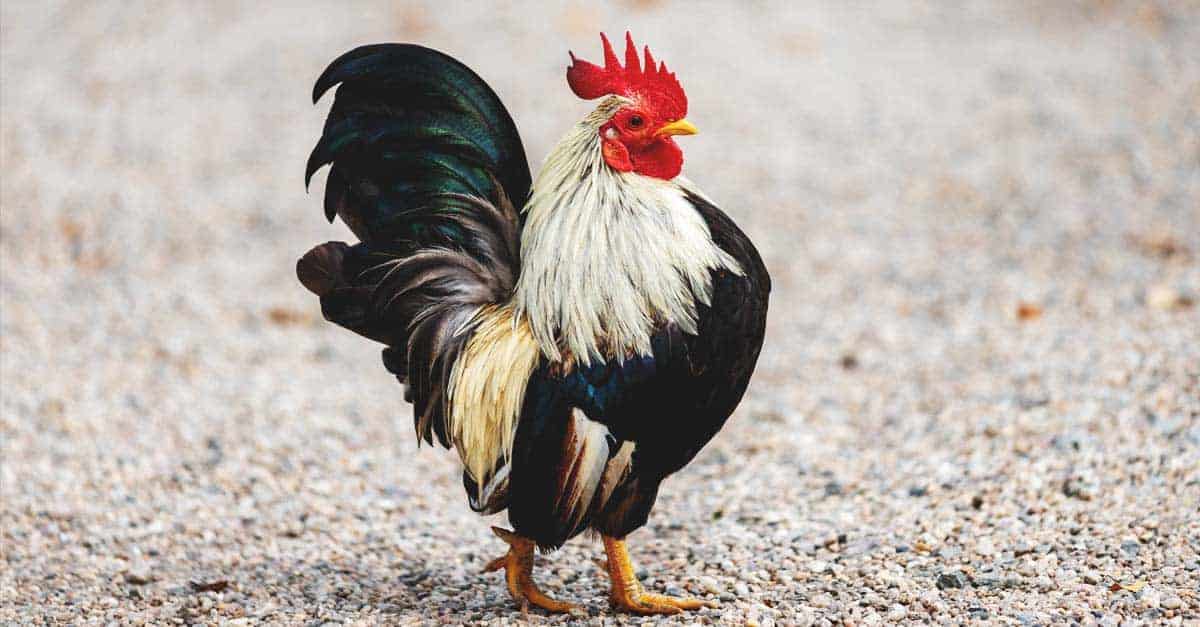
Taking care of the Bantam chicken is very easy to do since all that you need is to make sure that their diet consists of around 19-22% protein so as to really make those feathers glow. But remember that the hens from this breed are very prone to being calcium deficient so definitely make sure to provide them with a ton of supplements to make sure that they’re living the best life they can.
The housing part of owning them however isn’t anything worth getting too deep into especially considering just how small they really are. A typical Bantam chicken requires less than 2 square feet per bird and once they’re out on the ranch make sure they get around 5 square feet per bird so as to be able to run around freely.
They are pretty tolerant against cold and warm climates although when the times get really rough during the dead of the winter, we do recommend that you keep them warm by other means as well.
Breeding wise however it’ll be very hard to find yourself a purebred Japanese Bantam since they’ve been bred amongst other breeds so much over the years. Just make sure that you know that your breed is a hundred percent purebred or that the breeder knows what they’re doing so as to not lose any value in the process.
Health wise however you should know that this breed of chicken is most definitely not the best choice you could make. Although not riddled with problems they are definitely more prone to diseases than the typical chicken breed for sure. Parasites are especially bad for them so you should always keep that in mind when you get them for a checkup.
Conclusion
In conclusion, there are plenty of different breeds of chicken in Japan that you have never seen or heard of before and for good reason too. Most are critically endangered while others are just regionally popular which makes them hard to breed outside of their culture.
Regardless, we hope that this guide offered you a good look into what these chicken are all about and that you know a lot more about this vastly different culture than you did before.
Contents

